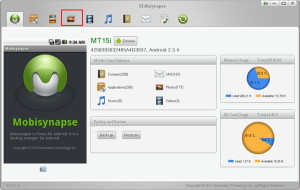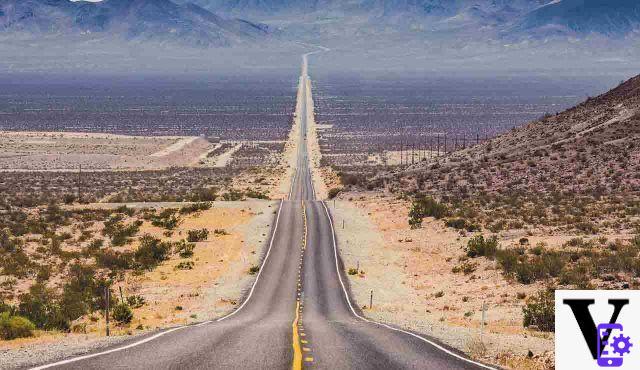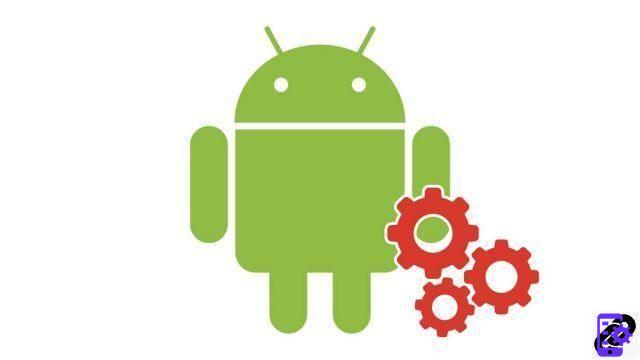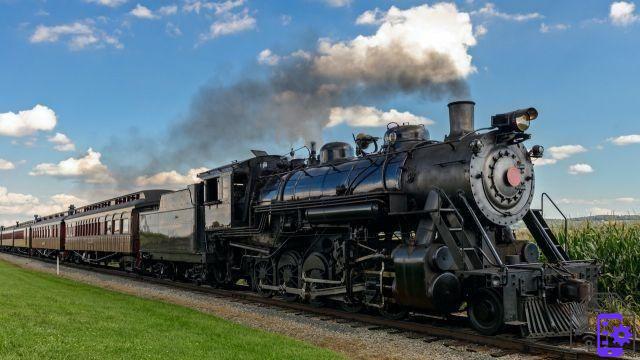
As always, before discovering through a brief historical excursus how the train has changed in history, let's give it a definition. Only in this way can we circumscribe the scope of action and all agree on the subject we will deal with.
What is the train
Not easy, to give a concise definition of train.
A train is a means of transport (almost always public) for people or goods. It circulates on the railways and is composed of a series of wagons which, together with the element that provides the traction force (i.e. the locomotive), form a single train.
And so, thanks to this definition we discover that for example also the means used for metropolitan transport are trains, because they have all the characteristics.
Let's see now how the train has changed from the pre-industrial period to today.
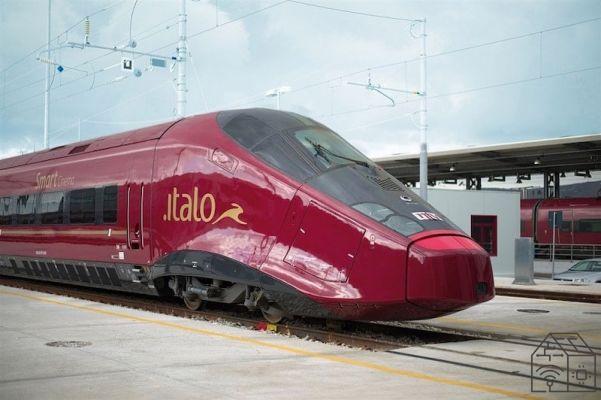
How the train has changed: the ancestors
Anyone who was stopped on the street and was asked when the train was born, might not guess the year but would almost certainly answer that the period was that of the industrial revolution.
Right answer, but which excludes all attempts prior to the official invention of the most mythical and romantic means of transport.
Already in Roman times, means of transport conceptually similar to trains were used in the mines. They were convoys made up of a series of trolleys joined together, pulled by pack animals or slaves. They did not travel on real tracks but had wooden guides within which to advance.
However, before the industrial revolution the improvements of these prototypes were relative, and they concerned precisely the external guides. Or the wheels, which have been equipped with the flange, just like the current trains.
The industrial revolution
At the end of the eighteenth century, with the development and diffusion of steam engines, the demand for coal grew. Initially, it was the stationary steam engines which, by means of a system of ropes, pull rows of trolleys.
The epochal turning point dates from 1801 to 1804, and its proponent is Richard Trevithick, a British engineer who is credited with inventing the train..
In fact, Trevithick, after a series of attempts only partially successful, in February 1804 he was able to invent the first steam engine capable of moving along the tracks. The locomotive was called Penydarren, it was capable of carrying 10 tons of iron, 70 passengers and 5 wagons. It traveled 9 miles, touching 5 miles per hour, and was used in the Merthyr Tydfil mines in Wales.
In the first decades of the nineteenth century, the locomotives of George and Robert Stephenson (father and son) will determine the first commercial success of the train.
From the first commercial train to modern trains
To understand how the train has changed, it is necessary to consider a pivotal date, exactly September 27, 1825. It was then that the Locomotion No. 1 locomotive hauled the first commercial train between Stockton-on-Tees and Darlington, England.
In the following years, trains and railways began to spread throughout Europe, with speeds of up to 100 kilometers per hour.
In October 1839, the first Italian railway section appeared, the Naples-Portici.
Not just a means of transport
The invention of the train implies a cultural revolution equal to that of the Internet for the end of the twentieth century. With the train, distances are relativized: for people, for goods, for communication.
Commuting is born with the train, to give just one example. Also thanks to the charm of its aesthetics (especially in the pioneering models, or in any case before the advent of plastic) the train acquires a leading role in the collective imagination, and is talked about in literature, in the figurative arts and in cinema.
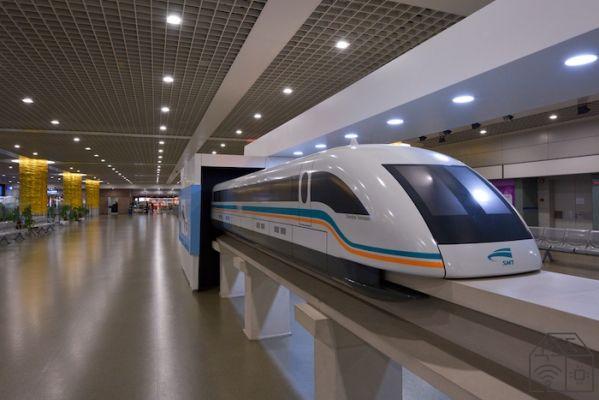
The train in the twentieth century
Special, armored and even armed trains will be widely used in the two world wars. Not to mention the convoys carrying Jews and others persecuted to concentration camps.
In the meantime, the aesthetics and comfort of the trains are improved, in Italy popular trains are born for tourist resorts and cities of art, the electric trains that connect Milan and Rome, and the Littorine, luxurious oil locomotives.
With the industrialization of the XNUMXs and XNUMXs, trains multiplied, especially reversible ones (i.e. capable of traveling in both directions of travel).
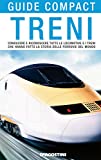 Trains: Know and recognize all locomotives and trains ...
Trains: Know and recognize all locomotives and trains ...
- Renzo, Pocaterra (Author)
From the seventies of the twentieth century to today
In the last few decades it has been a speed race.
Japan began in the XNUMXs with so-called bullet trains. The French TGV and the Italian Pendolino will follow.
Today the high-speed network is growing more and more, that is, reserved for convoys exceeding 250 kilometers per hour.
With magnetic levitation technology, or MagLev, trains travel without touching the rails, thanks to a magnetic field that is generated between the magnets. In this case, the locomotives can even exceed 500 kilometers per hour, as happens in China with the Shanghai Transrapid, which connects the metropolis with Pudong airport.
But we, let's face it, miss a murder on the Orient Express so much.













